Elegant, stylish, and complex are just a few descriptors for Fukuju sake. This iconic Nada, Kobe brand has a unique style and is constantly innovating. In a region famous for making sharp, old-school sake, Fukuju takes a totally different approach.
This article takes a deep dive into this remarkable sake brewery. You’ll learn about how it blends modern and traditional techniques, why its sake is so good, and about some of its flagship products.
Overview of Kobe Shushinkan Sake
The Kobe Shushinkan (神戶酒心館) brewery is one of the more recognizable producers of the famed Nada (灘) region of Hyogo. And their brand Fukuju (福寿) attracts a devoted following, especially among sommeliers and sake fanatics.
Kobe Shushinkan has been family-owned for an impressive 13 generations. But despite the long history of the brewery and region, Fukuju sake is on the leading edge of modern sake production.
Their style is typically elegant, very fresh, and features a great balance of fruit and mineral notes. These characteristics are evident across almost their entire range of products. Notably, Fukuju sake is free of the umami-heavy and occasionally funky qualities that some of their Nada neighbors exhibit.
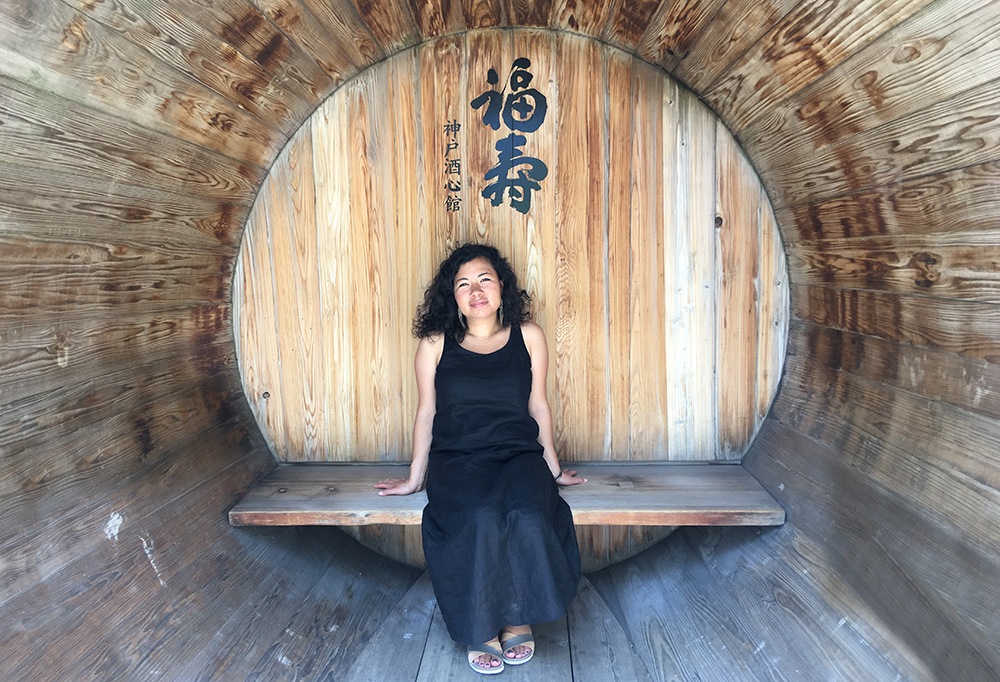
Modern Sake
Fukuju sake’s modern profile is exemplified by the state-of-the-art brewery. Some of this was not by design.
Kobe Shushinkan was heavily damaged during WWII. And it was basically destroyed by the Great Hanshin Earthquake (Hanshin Awaji Daishinsai 淡路大震災) of 1995. In the aftermath of the latter calamity, their brewery was rebuilt with subterranean supports that allow the facility to sway safely in the event of a heavy earthquake.
Importantly, new and cutting-edge brewing equipment was installed throughout the brewery.
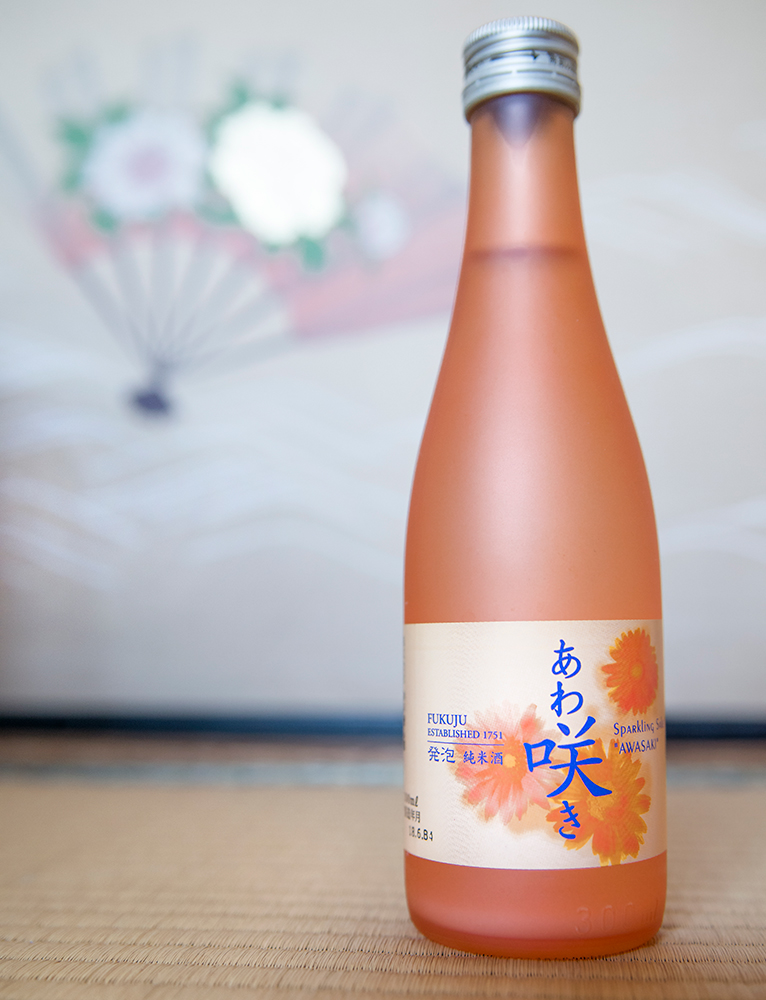
Beyond the modern facilities, Fukuju sake is built upon a foundation of experimentation, innovation, and intense kodawari–striving for excellence.
They choose not to operate within the traditional, top-down toji system. Instead, Kobe Shushinkan has a group of highly-skilled brewers that collectively see to the production. These kurabito (蔵人) have the knowledge and experience to operate independently. Their increased skill and autonomy blur the lines between the traditional roles of toji (杜氏) and kurabito.
This system of brewing is catching on around Japan, often out of necessity.
Sake Brewing at Kobe Shushinkan
Sake brewing begins with the meticulously controlled treatment of rice. It is washed, soaked, and steamed down to the second.
The koji-mai production happens in a traditional kojimuro (麹室), or koji room. Yet at Fukuju, plastic trays are sometimes used instead of the traditional wooden kojibuta (麹蓋). The use of plastic is cutting-edge and more hygienic than porous wood.
Fukuju sake is primarily brewed using kouontouka-shubo (高温糖化酒母). This sub-style of sokujo-moto uses a very high-temperature mash, limiting unwanted bacteria and encouraging quick saccharification. Lactic acid and yeast are then added to spark fermentation. The result is a very clean profile, free of funk or excessive amino acids. And kouontouka tends to produce fruity, smooth sake.
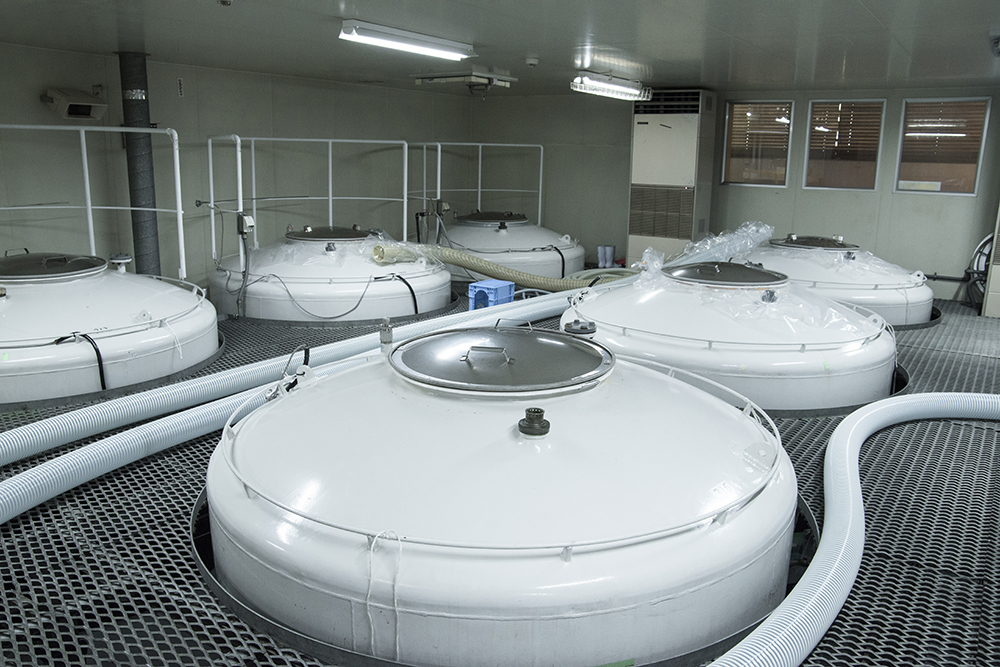
In the past, the frigid Rokkō Oroshi (六甲颪) air created a favorable environment for traditional winter brewing in Nada. But the traditional brewing season is getting shorter due to warming.
At Fukuju, the moromi, fermentation, and aging all happen in a temperature-controlled environment. This important consideration keeps their sake clean, elegant, and consistent.
Lastly, Fukuju sake is typically pasteurized only once, though it isn’t stated on the label. This brewing choice retains the freshness (and acidity) of the sake while stabilizing it so that it reaches the consumer in quality condition.
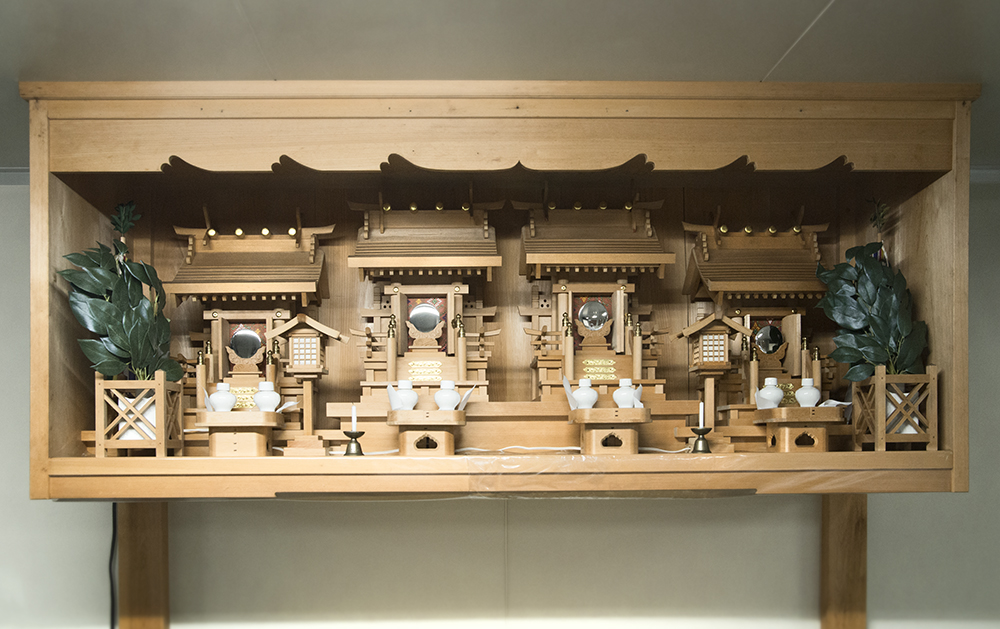
Fukuju’s Brewing Water: Miyamizu
Nada sake owes its fame to the legendary Miyamizu 宮水. This hard mineral well water is ideal for sake brewing as it’s high in yeast and koji-friendly minerals, especially Phosphorus and Potassium. It’s also free of Iron, which has a particularly adverse effect on sake color and stability.
Miyamizu tends to produce dry, acidic, and masculine sake. The sake from Fukuju isn’t as hard and savory as many of its peers. But the brand’s sake does a noticeable mineral quality that is wine-like and refreshing.
Kobe Shushinkan trucks in Miyamizu from the nearby Nishinomiya district and uses it for most of their sake. The exception is on their higher-end ginjo-shu, where reverse osmosis water is blended with Miyamizu to produce softer water more ideally suited for slower fermentation and a softer, fruitier sake profile.
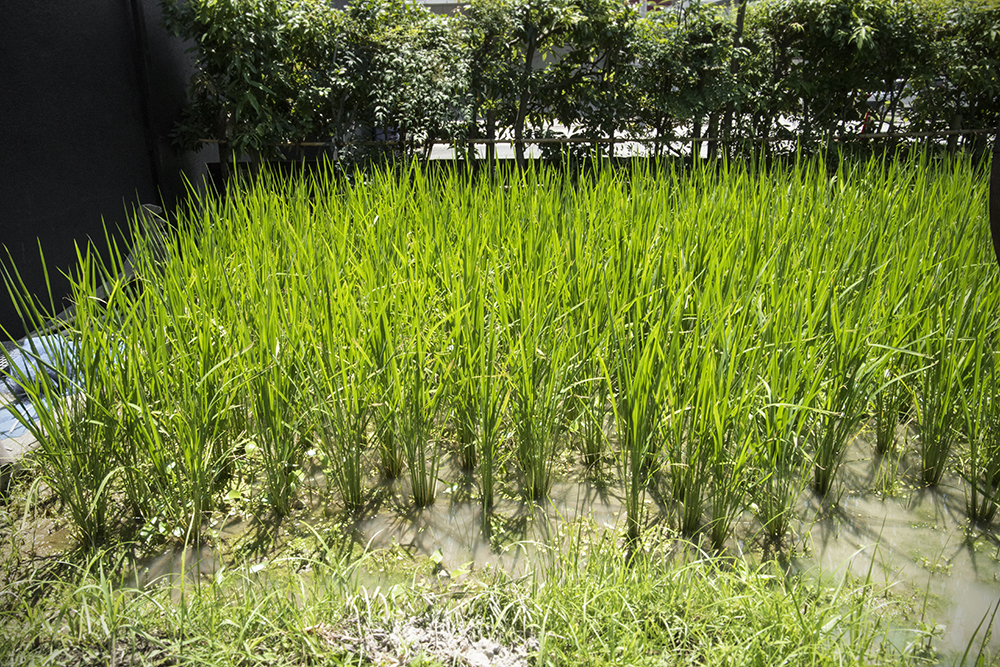
Premium Ozo-cho Yamada Nishiki Rice
Fukuju sake also owes much of its character to locally-grown Yamada Nishiki (山田錦) rice.
The brewery sources much of this from nearby Ozo-cho (大沢町). This area on the other side of the Rokkō mountains (六甲山) is fertile, protected from winds, and has large diurnal shifts. These characteristics make it well-suited to growing this challenging grain.
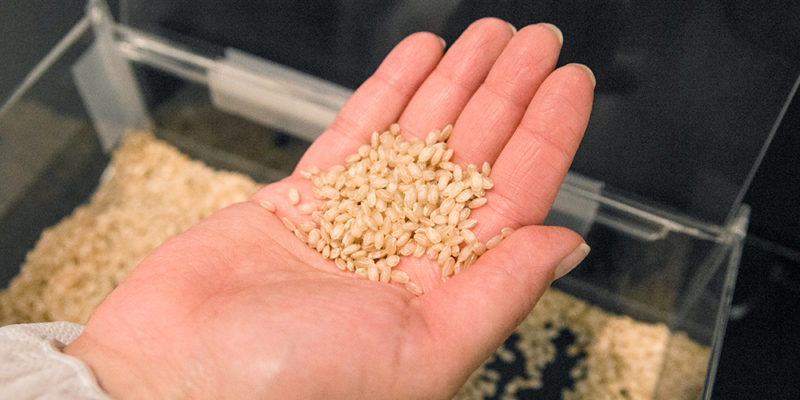
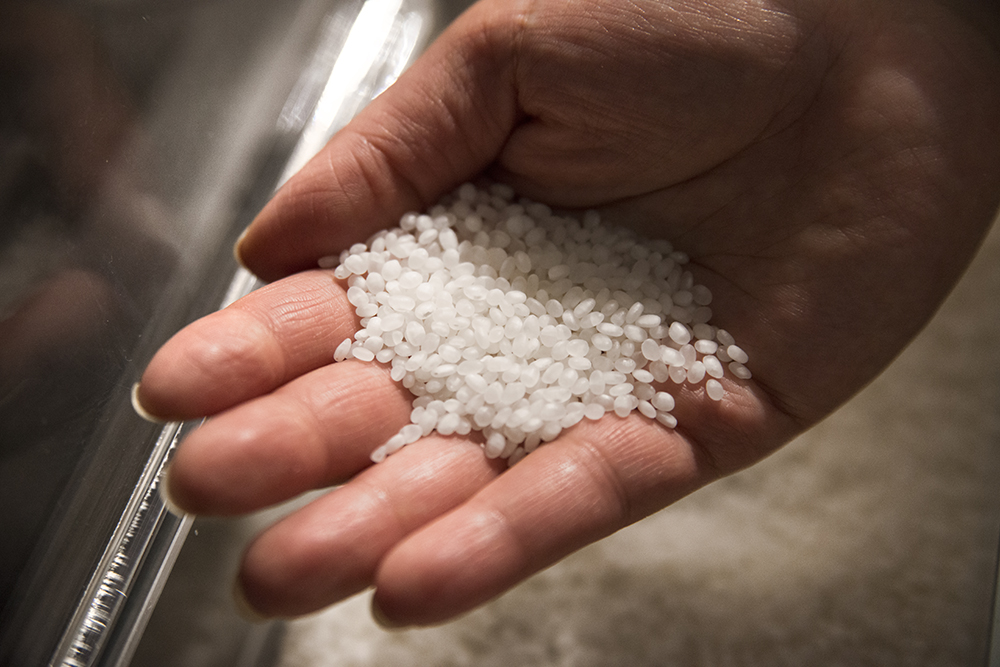
Fukuju Junmai “Mikagego” “Green Label”
In a region known for massively savory, grainy, and sharp junmai-grade sake, Mikagego is a revelation.
Fukuju “Green Label” is instead bright, fruity, and smooth. It has a mineral finish and notes of fresh-steamed rice, which aren’t uncommon for this grade.
This is one of my all-time favorite junmai sake because it’s so original. If I was to blind taste it, I’d probably get it wrong. To me, it tastes like a well-balanced junmai ginjo. I share this sake as often as possible, and it’s a crowd-pleaser.
Check out my Fukuju Mikagego review to learn more.
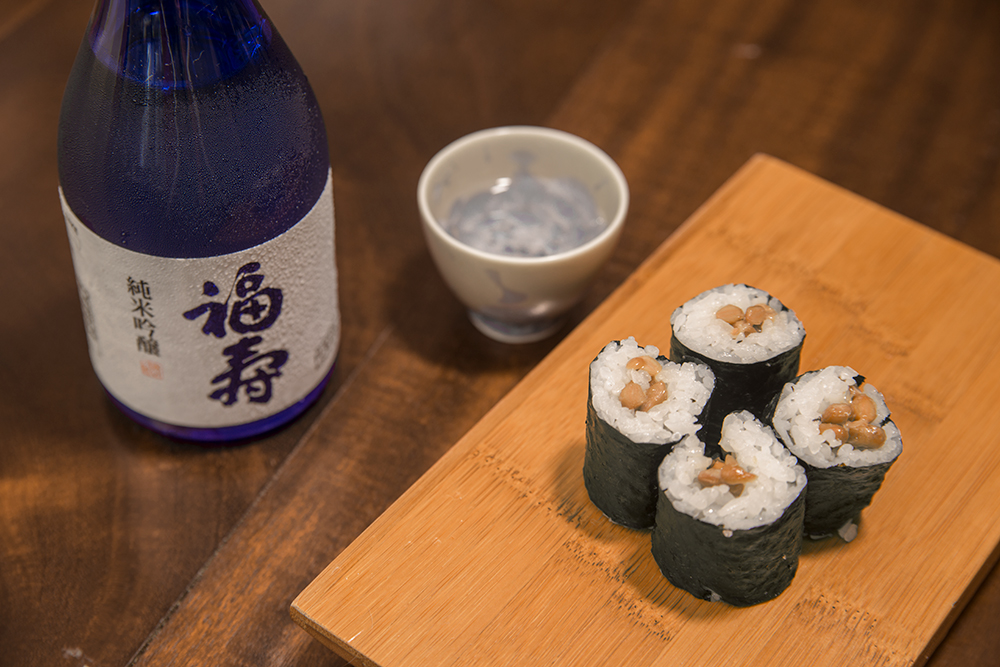
Fukuju Junmai Ginjo “Blue Label”
Fukuju Blue Label is lighter and fruitier than Mikagego. And that’s to be expected, as it’s a higher-grade junmai ginjo.
This doesn’t mean you’ll like it better. But Blue Label is hard not to like. This aromatic and dry Nada sake has a finish like mild mineral water. It’s super smooth and is a perfect compliment to sashimi and nigiri.
I wrote a post for Tippsy Sake about the Nada and Fushimi sake regions. And I included Fukuju Junmai Ginjo as one of my recommended sake. Definitely check that out if you want to learn more about the Nada region and Fukuju sake. I’m an affiliate for Tippsy, and any purchases made through this link earn me a small commission.
Other Fukuju Sake
Besides Fukuju Green and Blue Labels, here are a number of other sake brewed at Kobe Shushinkan. But you’ll probably have to travel to Japan to taste these.
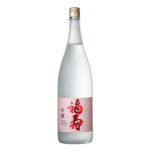
Rosa
Ginjo
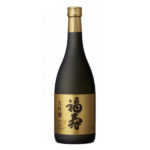
Gold Label
Daiginjo
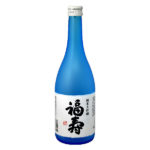
Junmai Daiginjo
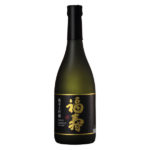
Black Label
Junmai Daiginjo
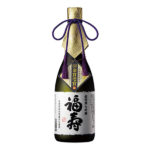
Chyo Tokusen
Daiginjo
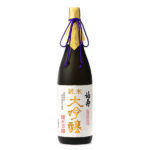
Limited Edition
Junmai Daiginjo Genshu
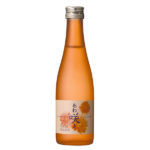
Awa Saki
Sparkling Junmai
More about Fukuju Sake
EST 1751 Higashinada, Kobe, Hyogo English Site / 日本語
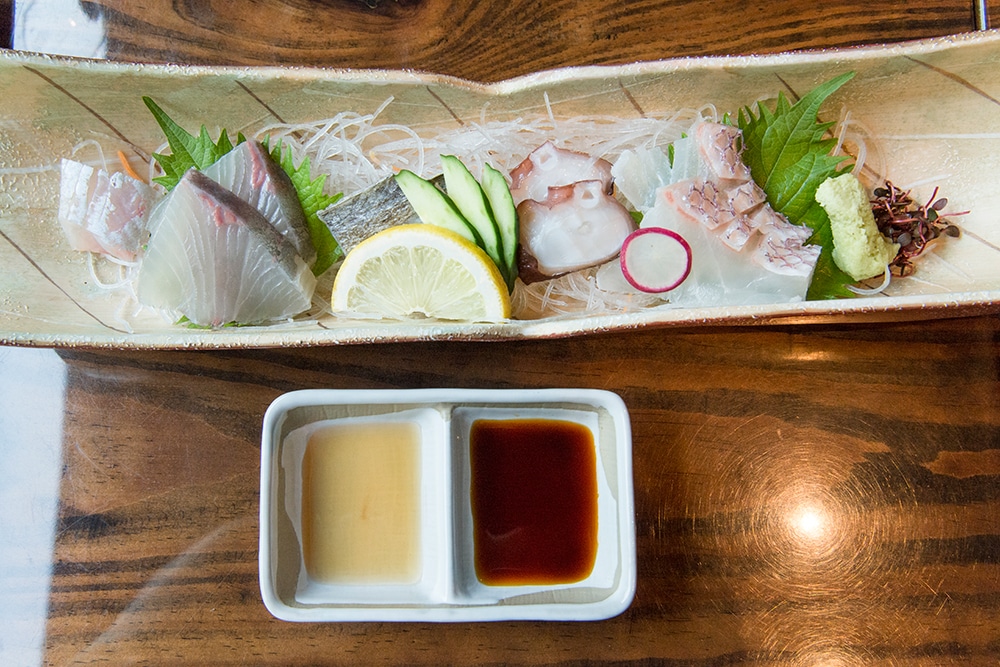
Sakabayashi さかばやし
Kobe Shushinkan’s restaurant with the brewery walls. And it’s GOOD! Hand-made soba, local produce and sashimi, and classic dishes. Of course, Fukuju sake is available and pairs with the food wonderfully.
Sakabayashi Facebook